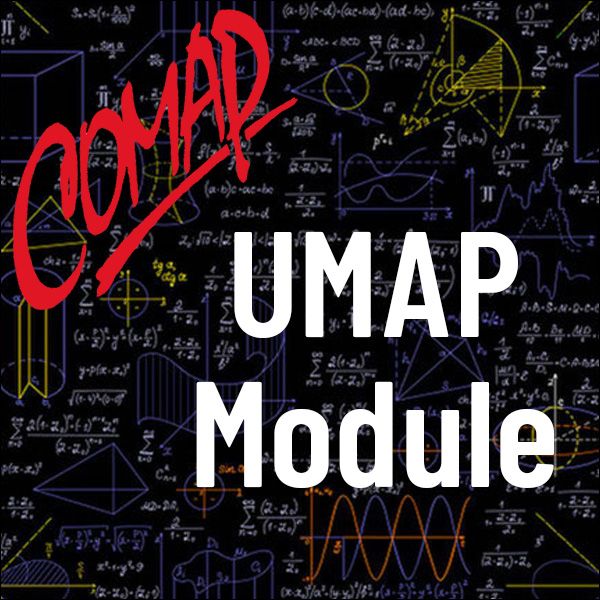A Graphic Introduction to Functions: The Federal Income-Tax Law (UMAP)
Author: Yves Nievergelt
This module helps students develop a visual intuition for working with mathematical funtions. It presents graphic examples illustrating the US federal tax-reform law. In order to help students acquire a better working knowledge of the concepts of function, average rate of change, slope and tangent this module also provides exercises asking students to extract information from given graphs, or to draw graphs based on given information.
Table of Contents:
INTRODUCTION: WHY STUDY GRAPHS?
Graphs Are Information
CASE STUDY: THE FEDERAL INCOME TAX RATES
The Graph of a Function Pictures the Tax Schedule
The Average Tax Rate Represents the Fraction of Income Owed in Taxes
The Average Rate of Change Forms the Basis for the Marginal Tax Rate
The Marginal Tax Rate Represents the Tax on One Additional Dollar
The Area Under the Marginal Tax Rate Equals the Tax Amount
The 1986 Tax Law Matched the Upper Average and Marginal Tax Rates
Previous Federal Income Tax Schedules Had Fifteen Tax Brackets
SYNOPSIS: A PREVIEW OF CALCULUS
SELF-TEST
SOLUTIONS TO THE EXERCISES
SOLUTIONS TO THE SELF-TEST
REFERENCES
ABOUT THE AUTHOR
ACKNOWLEDGMENT

Mathematics Topics:
Application Areas:
Prerequisites:
You must have a Full Membership to download this resource.
If you're already a member, login here.